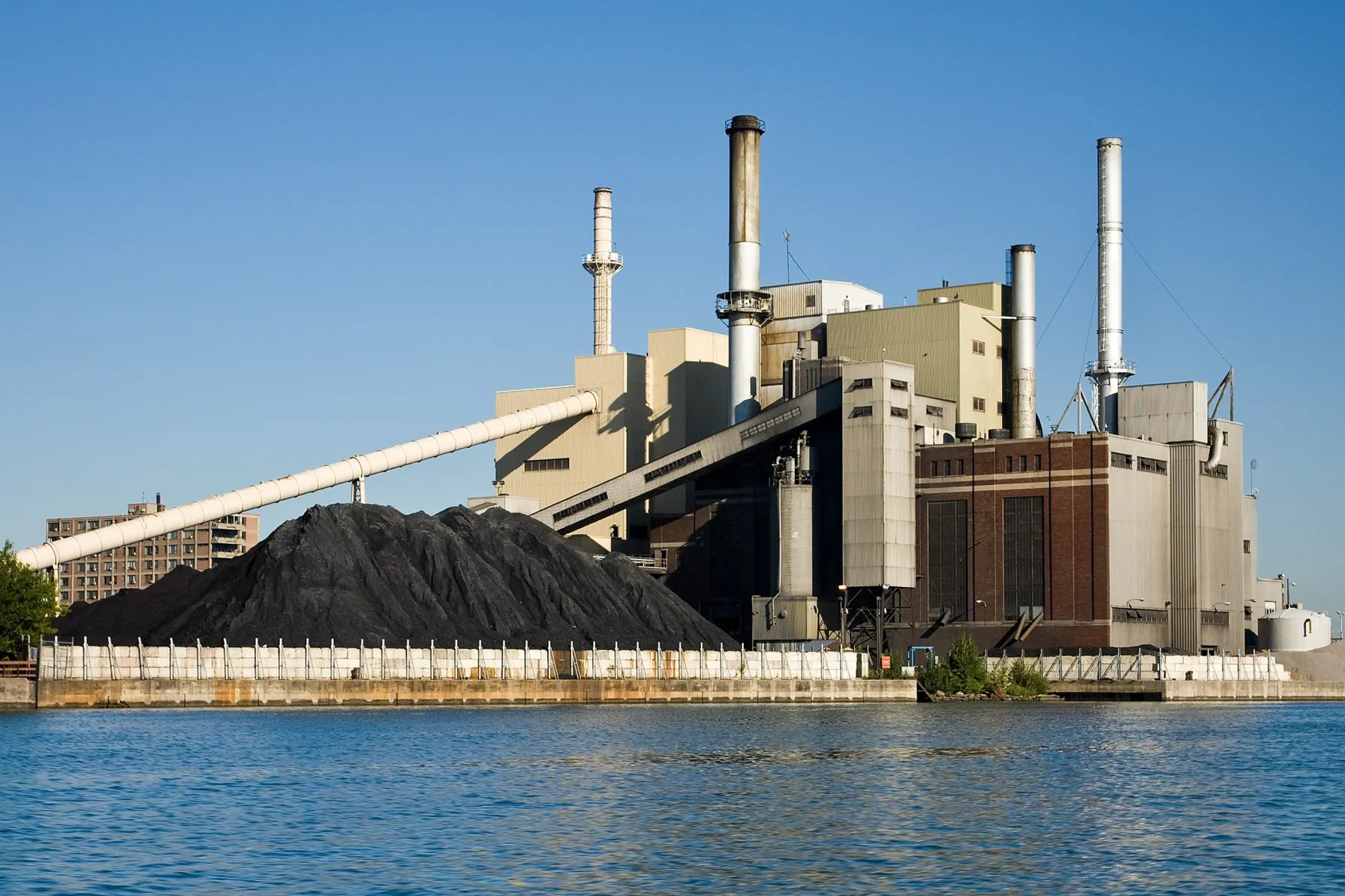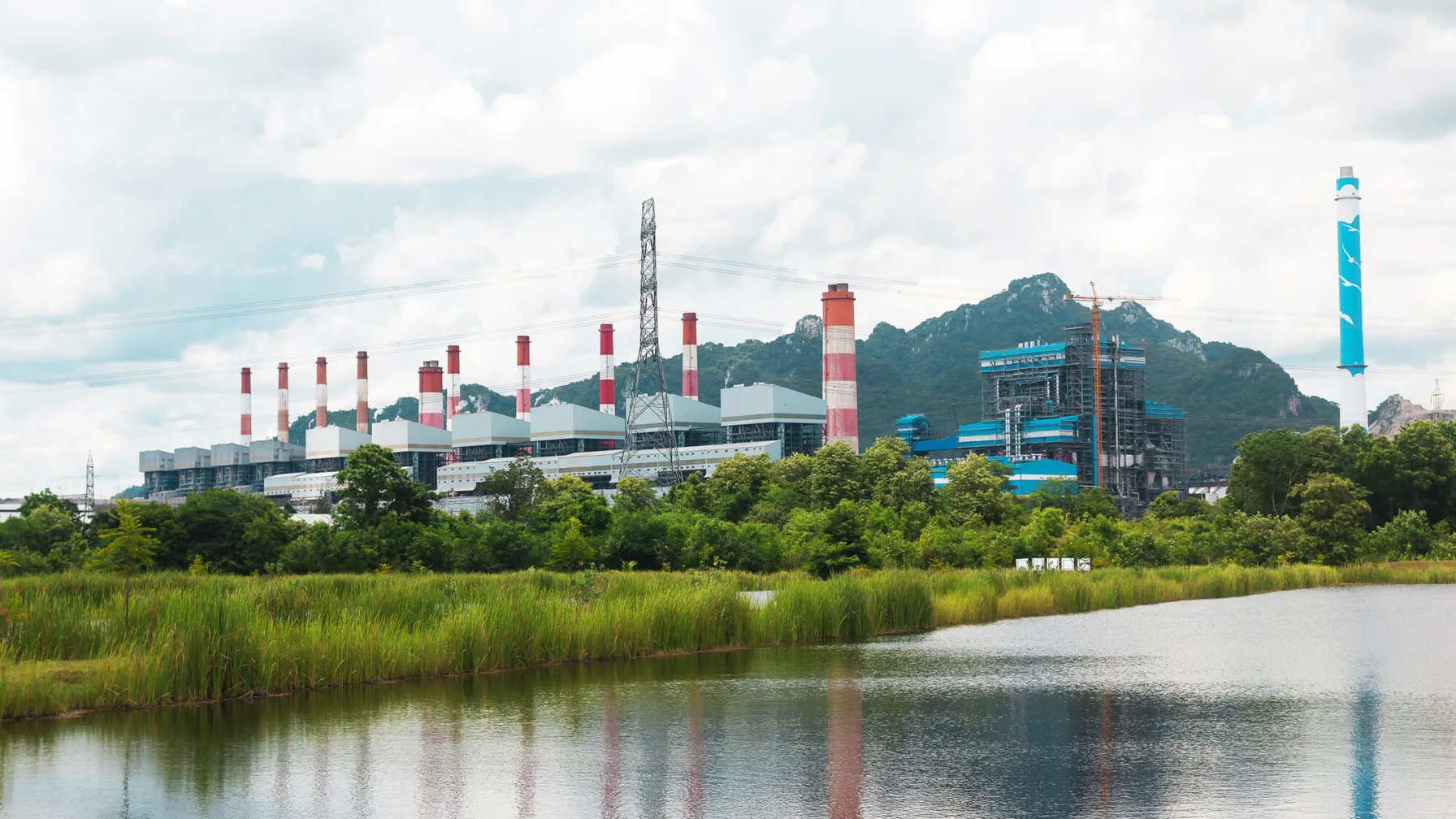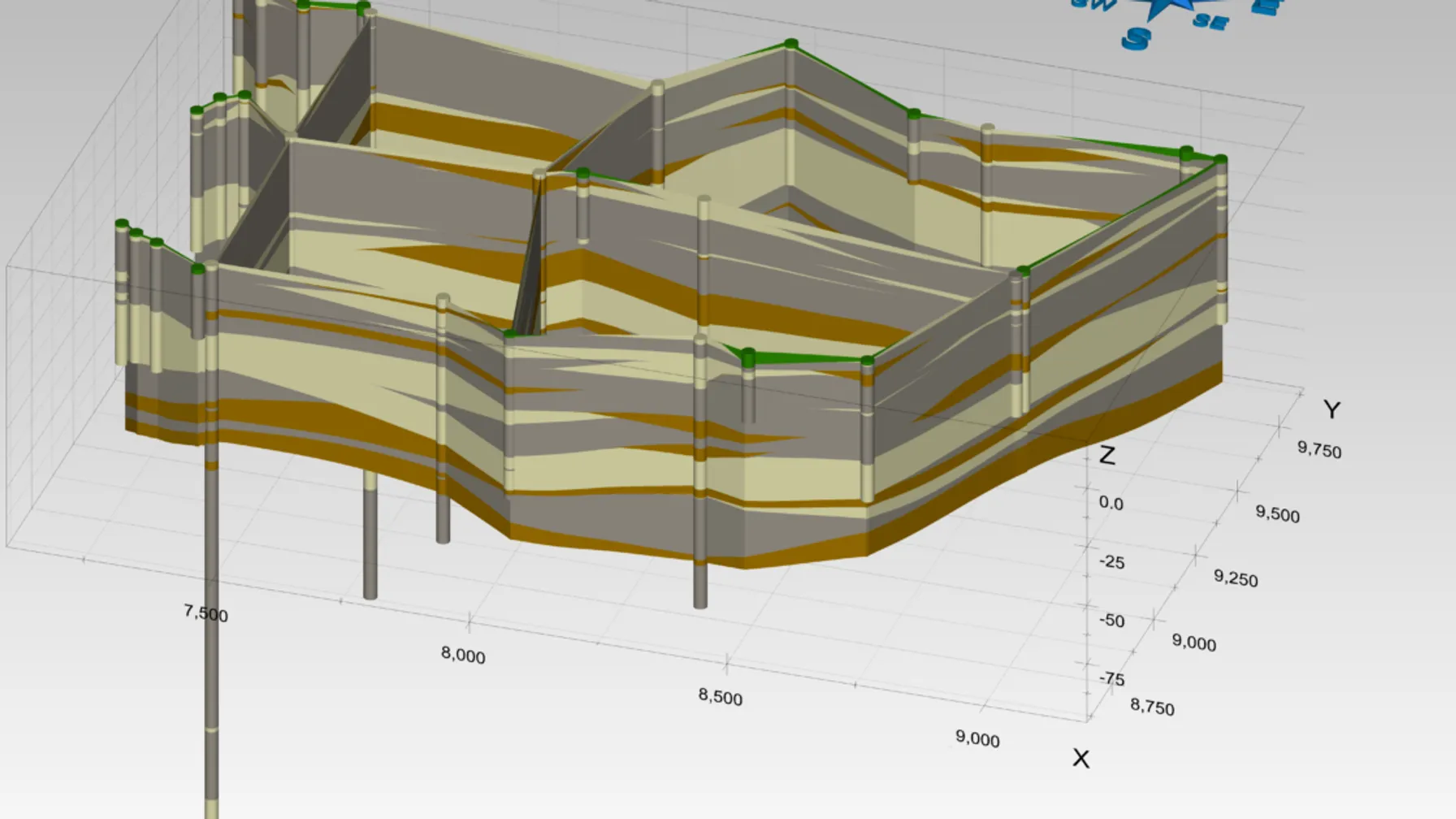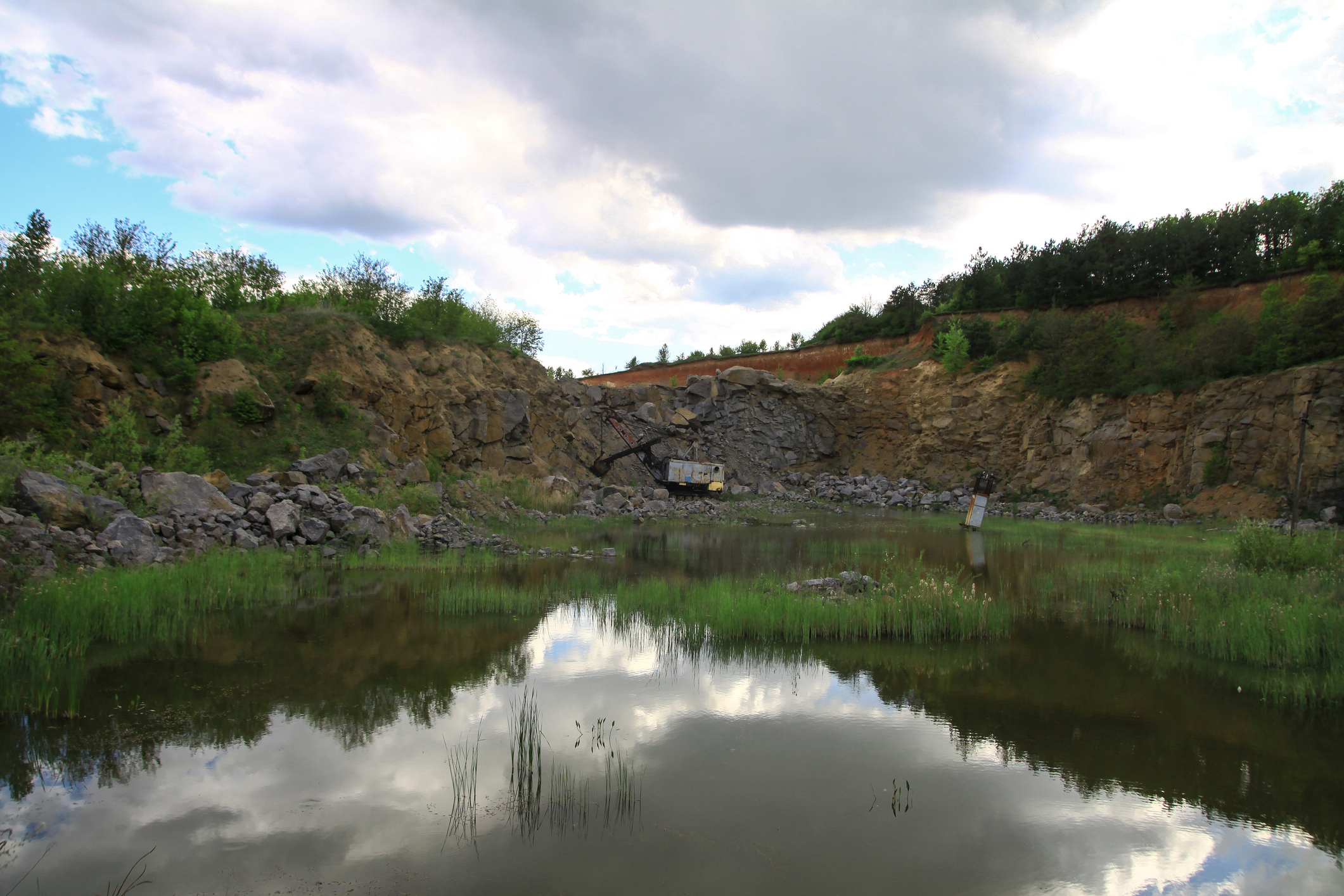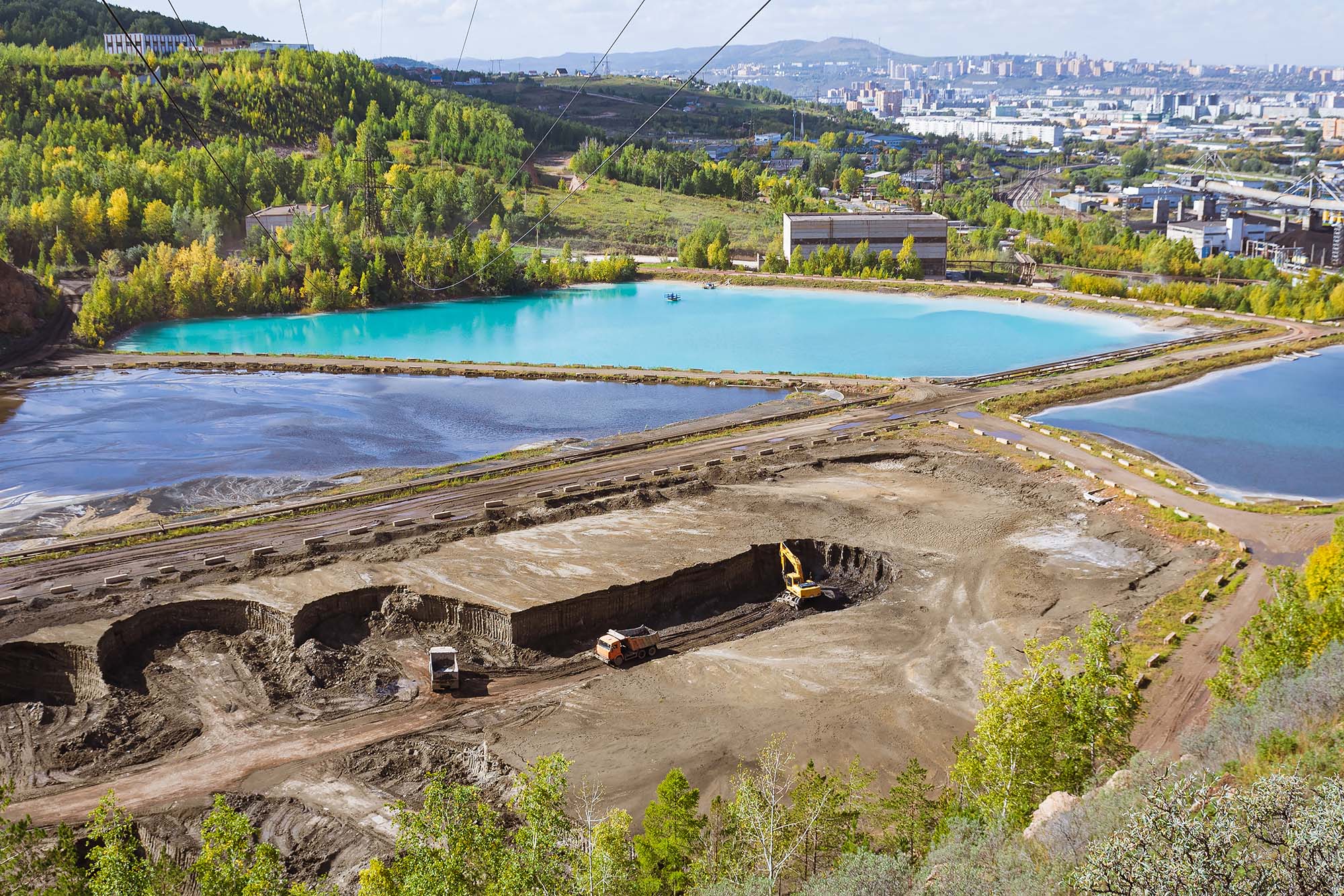Identify potential closed units or legacy ponds that could become subject to the Rule, based on the above EPA interpretations.
Several recent communications from the Environmental Protection Agency (EPA) highlight new Coal Combustion Residual (CCR) compliance expectations, marking a shift for the current self-regulated program. With this latest EPA insight into groundwater monitoring, corrective action, impoundment and landfill closures, legacy sites and beneficial use, there are significant implications that may affect the entire regulated community. Taking steps to understand these potential implications/risks and identifying solutions now can help strengthen your position for future CCR compliance and ongoing facility operations.
Regulatory Overview
On January 11, 2022, the EPA issued its initial written responses to four of the 57 Part A Applications (Part A Applications) to extend the cease receipt date of April 11, 2021, for unlined surface impoundments to receive CCR and non-CCR wastewaters. These four Part A Applications and EPA’s responses were out for Public Comment which ended March 25th. For three of the four Part A Applications, EPA has proposed to deny the extension to continue receiving CCR and non-CCR wastewaters and instead issue a cease receipt of waste date of 135 days after the final determination. At the same time, EPA also issued Compliance Letters to four other facilities regarding their compliance with the Code of Federal Regulations (CFR), 40 CFR, Part 257 CCR regulations (Rule), and issued a Press Release describing EPA’s actions and potential paths forward.
In addition to facilities potentially closing due to a lack of disposal capacity (following denial of the Part A Applications/Alternate Closure Deadlines), the potential implications of EPA’s interpretations of the Part 257 regulations will be significant in a number of other areas as well.
Related Services
Key Closure/Groundwater and Other Compliance Issues
EPA’s key policy interpretations and existing Rule compliance expectations around groundwater and closure issues include:
- Closure plans must detail how the closure standards will be met under the Rule, taking into consideration the below interpretations:
- CCR units (impoundments and landfills) cannot close in-place (CIP) with CCR in contact with groundwater.
- Free liquids that must be addressed prior to CIP include both freestanding liquids (e.g., surface water), as well as all separable porewater, including sluiced water and groundwater.
- Infiltration includes potential vertical infiltration at ground surface, as well as horizontal and upward infiltration from the base, including groundwater.
- Schedule changes, design changes, etc. need to be updated in the closure plan and reposted on the website with amendments made 60 days ahead of a planned change.
- Deficiencies with the groundwater monitoring systems, including well locations, number of wells, spacing, etc., and that an accurate characterization of hydrogeologic conditions (i.e., a well-developed Conceptual Site Model (CSM) based on site-specific data) is necessary to properly address these requirements. This also includes a justification of the use of the minimum of one upgradient and three downgradient wells.
- PE certification of the monitoring network requires an evaluation of site-specific conditions and an explanation as to how the monitoring network meets the requirements, including justifying and updating documents when changes are made to the monitoring network.
- Deficiencies with the Annual Groundwater Monitoring and Corrective Action (GWMCA) Reports, and the lack of appropriate information therein to support.
- Deficiencies with Alternate Source Demonstrations (ASD’s), including the lack of site-specific facts and data support the ASD (insufficient lines of evidence).
- Monitored natural attenuation (MNA) for inorganic constituents (e.g., metals) cannot rely on dispersion and dilution as a primary MNA mechanism.
- Remedy selection was not performed in a timely manner (as soon as feasible) based on the results of the Assessment of Corrective Measures (ACM) evaluation.
In addition to the closure and groundwater regulatory interpretations, EPA also noted :
- Units closing for cause (e.g., unlined surface impoundments) cannot place CCR in the unit, even if for beneficial use.
- Placement of CCR, including for beneficial use, in an inactive unit not previously subject to the Rule, makes the unit active and subject to the Rule.
- Legacy impoundments (inactive impoundments at inactive sites) may become “existing CCR surface impoundments”, per the regulatory definition, and subject to the closure requirements if they receive CCR after the effective date of the Rule (October 19, 2015).
- Impoundments that closed prior to the Rule and were not subject to the regulations, but still contain or impound liquid, including groundwater in contact with CCR, may be considered an “inactive impoundment” and subject to the Rule.
- Concrete settling tanks may be considered CCR surface impoundments, particularly if it is sub-grade, it is considered to be in a constructed depression, and must meet requirements of the Rule, including groundwater monitoring requirements.
Action Plan for the Regulated Community
Because the EPA Part A Application and Compliance Letter comments and draft determinations referenced the regulatory citations under Part 257, all regulated facilities/units (and many currently unregulated units) could become subject to the final determinations. Several of the EPA comments highlight the importance of hydrogeological site characterization and making sound judgements and conclusions backed by supporting data. Many of these interpretations, especially those regarding closure and groundwater issues, are inconsistent with the regulated community’s understanding of the CCR requirements, and in some cases conflict with the original CCR Rule.
While these initial determinations will be worked out through the Public Comment period, EPA’s final determinations and anticipated future litigation, regulated entities may wish to consider preemptive positioning to evaluate their potential risk/liability. Some of these implications (e.g., CIP with CCR in contact with groundwater) can have significant monetary and operational impacts for past, ongoing and future pond and landfill closures, including plant closures, as well as consideration for future site use and transactional challenges. There are several key areas and practical solutions that can be evaluated/implemented to identify potential risks and strengthen your position in demonstrating compliance with the Rule including:
Evaluate your CCR Website to ensure all documents required by the Rule are posted and have been updated in accordance with the Rule, especially the GWMCA Reports, Closure and Post Closure Plans.
Review existing documents through EPA’s lens/comments, especially ACM’s, ASD’s and lines of evidence, GWMCA’s Reports, Closure/Post Closure Plans and selected groundwater corrective actions to evaluate potential shortfalls, potential corrective actions and ease of implementation, and associated costs.
- Groundwater Monitoring Plan: Evaluate the basis for your Groundwater Monitoring Plan (GMP), including well locations, number of wells, etc. and ensure you have a solid justification, including a robust CSM that demonstrates the site geology and groundwater flow is well-understood, to support the GMP. The level of effort/justification will depend on many site-specific factors, including pond size, hydrogeologic intricacy, other potential sources, single or multiunit monitoring, etc.
- Data Management: Consider incorporating digital enhancements to improve data collection and a platform to manage and protect data assets that can also facilitate efficiencies in data evaluation.
- Corrective Action: If you have proposed MNA as part of your groundwater corrective action, evaluate the basis and justification of using MNA, and whether it relies primarily on dispersion and dilution to mitigate groundwater impacts.
- Multi-Unit Statistically Significant Increases (SSI) or Statistically Significant Levels (SSL): If you have triggered assessment monitoring or corrective action due to an SSI or SSL, respectively, for a multi-unit unit, ensure that you have initiated the same for all units covered under the monitoring system.
- Closure Plans: Evaluate your closure methodology and closure/post closure plan considering EPA’s interpretations, especially CIP if ash is in contact with groundwater. This may include closure by removal costs and associated issues, pore water/groundwater dewatering costs and use of engineering controls to address groundwater/infiltration during CIP and long-term post closure. This may include modeling to estimate historical (i.e., pre-pond construction groundwater levels) and post closure groundwater levels to assist in engineering control evaluations.

Next Steps
It will likely be several months (or longer) before there is any resolution of these issues. In the interim, regulated entities should consider taking a fresh, possibly independent, look at existing and forthcoming facility compliance in light of EPA’s interpretations and consider making adjustments to enhance their position. Understanding potential risks and solutions can assist power generators in their long-term compliance planand planning of facility operations, including closure and/or redevelopment.

